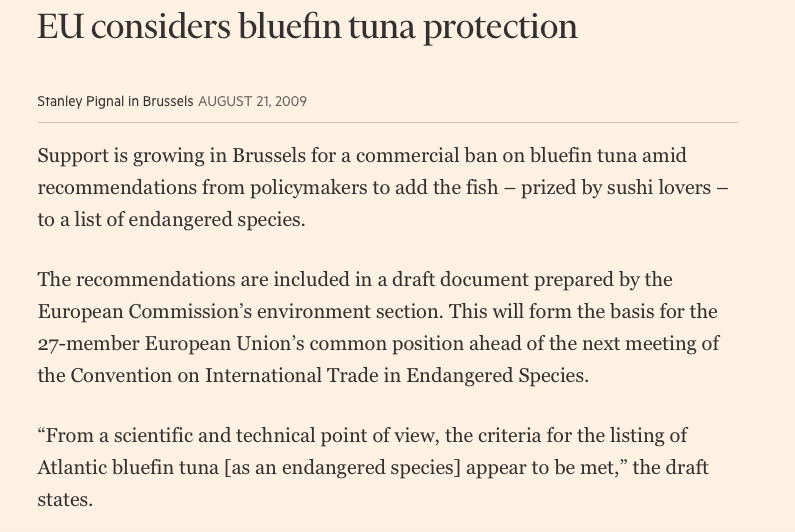I was sitting down with some people who are working on a new proposal the Commission hope to put out the door before 29 May cut off.
I asked where they were in the process. It had gone to the Regulatory Scrutiny Board and passed with flying colours. In a few days a legislative proposal would be drafted and sent up for adoption.
On the next step, before the proposal sent to the EP and Council, most people get blurry and haze over.
Inter-service consultation
The procedure where the Commission adopt the legislative proposal is known as ‘inter-service consultation”.
I think it is the most important part of the whole legislative process. I do so for one very simple reason. On most files, whatever the Commission puts out the door, finally gets adopted without fundamental changes. In my experience, despite all the money interests spend lobbying the European Parliament and the Member States, 85%-95% of the Commission’s proposal goes through unaltered.
Surprisingly, a lot of interests ignore inter-service consultation. I think this is a mistake.
If you can make a difference, this is the best time to engage.
Now, there is an issue that this process is not public. But, with Better Regulation, you must have recurring amnesia to be caught out surprised with a new major initiative.
MindMap
I have tried to summarize the process in a mindmap. I hope it is useful.
A Case Study Blue Fin Tuna – CITES
In my time at WWF, I worked on the CITES listing of Blue Fin Tuna. Monaco has tabled a proposal for protecting this endangered species to CITES. The EU needed to work out if they would support the proposal.
CITES sits with DG Environment. They wanted to back the motion. DG MARE opposed.
A few of us campaigning on the issue thought that this issue deserved some more coverage. The FT and other news outlets picked it up and covered the process. We did not want DG MARE to block DG ENV.
Source: FT (link)
I don’t think a lot of Commission officials, Heads of Cabinets and Ministerial advisers appreciated the degree public interest and scrutiny. More than one expressed their frustration to me. This after all is meant to be a secret process they would plead.
I naively disagreed and the publicity paid off. DG ENV won.
What does the process look like?
At the time, I was fortunate. I had worked in DG ENV and learned that the best way to to adopt a proposal is to have a rudimentary understanding of how the Commission adopt their proposals.
Fortunately, the Commission spell out the mechanics of adopting proposals clearly.
There is a helpful handbook from the Commission on their ‘Working Methods’. the_working_methods_of_the_european_commission_2014-2019_november2014_en
I realise at times that officials may not follow the procedure with a zeal, but knowing them helps you call out errors, and maybe even influence things for the better.
The adoption procedure is in two distinct steps.
First, there is consideration by the Services. The Services are consulted on the the draft legal text, the impact assessment together with the opinions of the Regulatory Scrutiny Board.
The second step is the political scrutiny by the Commissioners. Here the College of Commissioners adoption by written or oral procedure.
Adoption by written procedure requires all services to give a positive position during the ISC. Any negative opinions must be lifted via bilateral negotiation for adoption by written procedure to proceeed.
Step 1
The Commission use an electronic system called “CIS-Net”.
The lead department needs to consult the following:
- Departments with a legitimate interest in the proposal
The following department usually have to be consulted:
- Legal Service
- Sec-Gen
- Human Resources
- Budgets
- OLAF
- Communications
If the lead Department does not follow the correct procedures, the Sec-Gen can intervene and suspend the procedure until the errors are rectified.
The Departments can say:
- No Opinion/ No Answer
- Positive Opinion
- Positive Opinion with comments
- Negative Opinion
The lead department then works to incorporate the changes.
Who is involved
There are not too many people involved. Those engaged in the the proposal come from:
- Inter-service Group
- Director Generals
- Chef de fiche – Cabinet Officials working on the file
- Heads of Cabinet
- Commissioners
In practice, you are dealing with around 20 people.
Finding out who follows the file in the Cabinet is easy enough. Their officials portfolio are posted on-line. However, double-check that they are still there – there is a high turnover.
The InterService Group is harder to find., but you need to find out who they are. They hold the power of the pen.
The rest are easy to find out. Their names are all public.
The trick is only a very few people are interested. As a rule of thumb, it is around 20 people.
When an agreement is reached at the Service level the the file is given over to political validation.
Most of the time the Commissioners agree with the proposal and there is now disagreement. Rarely there is a vote in the College, but it is very rare.
If they can’t reach an agreement, the Commissioners will go several rounds looking to reach an agreement. After a few rounds, the President’s Cabinet will step in to reach an agreement. On Blue Fin Tuna CITES listing, the internal wrangling went on over the summer. The Director-General of DG Environment got annoyed that his Commissioner was ignoring his advice. His Commissioner won the day.
